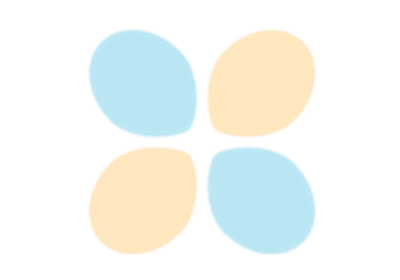modeva.TestSuite.explain_shap#
- TestSuite.explain_shap(dataset: str = 'test', sample_index: int = 0, baseline_dataset: str = 'train', baseline_sample_index: int = None, baseline_sample_size: int = 500, random_state: int = 0)#
Generate SHAP (SHapley Additive exPlanations) values for local model explanation.
This method uses either Kernel SHAP or Baseline SHAP to explain model predictions for a specific sample. If baseline_sample_index is provided, Baseline SHAP is used with the specified reference point. Otherwise, Kernel SHAP is used with randomly sampled background data.
- Parameters:
dataset ({"main", "train", "test"}, default="test") – Dataset containing the sample to be explained.
sample_index (int, default=0) – Index of the sample to be explained within the selected dataset.
baseline_dataset ({"main", "train", "test"}, default="train") – Dataset to use for background/reference data.
baseline_sample_index (int, optional) – Index of the baseline sample to use as reference point. If None, random samples will be drawn as background data.
baseline_sample_size (int, default=500) – Number of background samples to use when baseline_sample_index is None. Controls computation speed vs. accuracy trade-off.
random_state (int, default=0) – Random seed for reproducible background sampling.
- Returns:
A result object containing:
key: “explain_shap”
data: Name of the dataset used
model: Name of the model used
inputs: Input parameters used for the analysis
value: Dictionary containing
”Name”: List of feature names;
”Value”: List of feature values;
”Effect”: List of feature contributions measured by SHAP.
value: Contains the core numerical results (feature names, values, and SHAP contributions)
table: Provides a tabular summary combining all the information
options: Dictionary of visualizations configuration for a horizontal bar plot where x-axis is SHAP value, and y-axis is the feature name. Run results.plot() to show this plot.
- Return type:
Notes
For classification tasks, SHAP values are computed for the positive class (class 1) probability. For regression tasks, SHAP values are computed for the predicted value.
Examples

